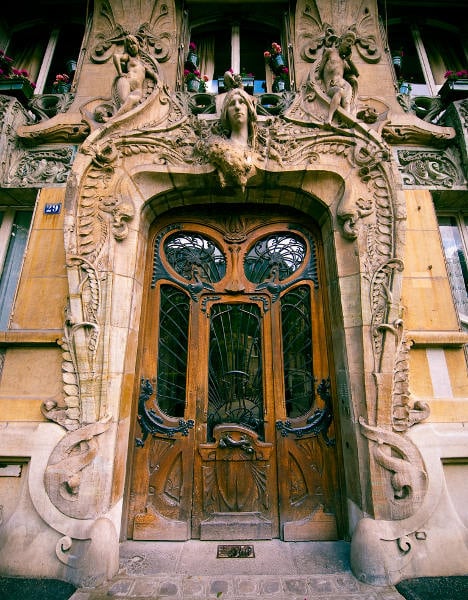 Photo: seth m/Flickr
Photo: seth m/Flickr
This intricate Art Nouveau masterpiece was constructed in 1901 by architect Jules Lavirotte. At the time it was considered so exotic and lavish that it won a facade award, an honor that it certainly still merits in our day and age. Find it at 29 Avenue Rapp in the 7th arrondissement.
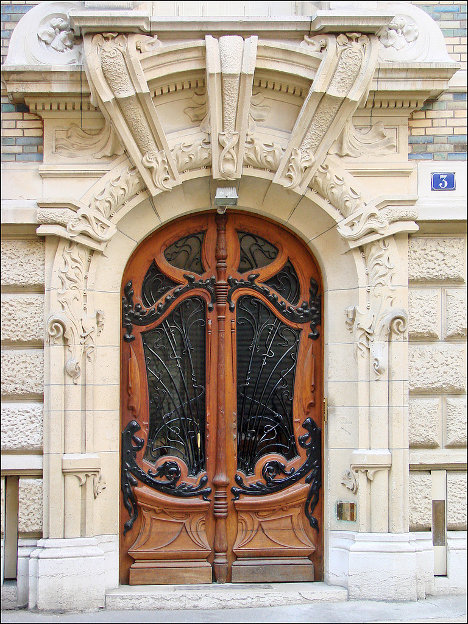 Photo: Steve Cadman/Flickr
Photo: Steve Cadman/Flickr
Another gorgeous entryway by architect Lavirotte, this door just might've been his favorite as he lived in the building with his family. It's just a stone's throw from its more famous counterpart, at 3 square Rapp in the 7th arrondissement.
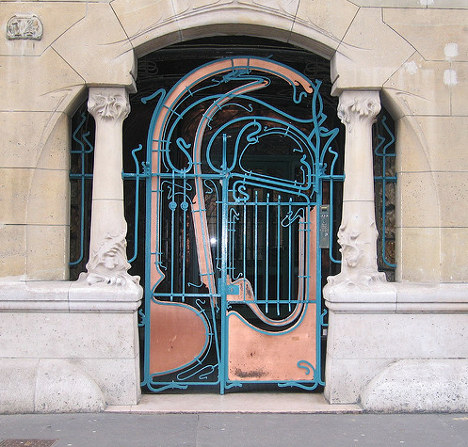 Photo: Claudius Dorenrof/Flickr
Photo: Claudius Dorenrof/Flickr
Another Art Nouveau stunner, this porte was designed by Hector Guimard. It's the entrance to the Castel Béranger building at 14 rue la Fontaine in the ritzy 16th arrondissement of western Paris.
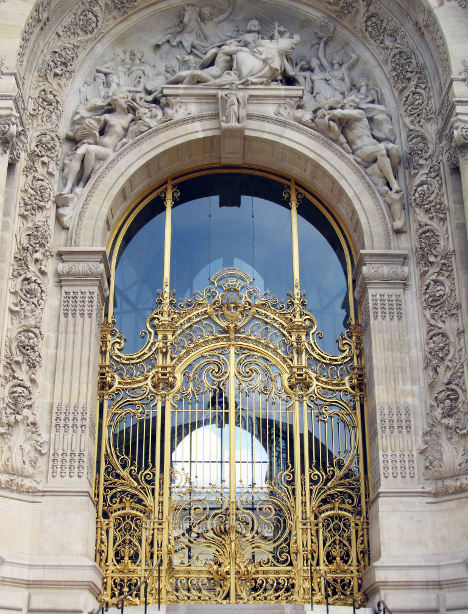 Photo: daryl_mitchell/Flickr
Photo: daryl_mitchell/Flickr
The golden doors of the Petit Palais in the 8th arrondissement look built for a king (and in Paris, you never know — they could've been) but the design was actually the winner of a 1894 architecture competition for a permanent fine arts museum, which it still is today.
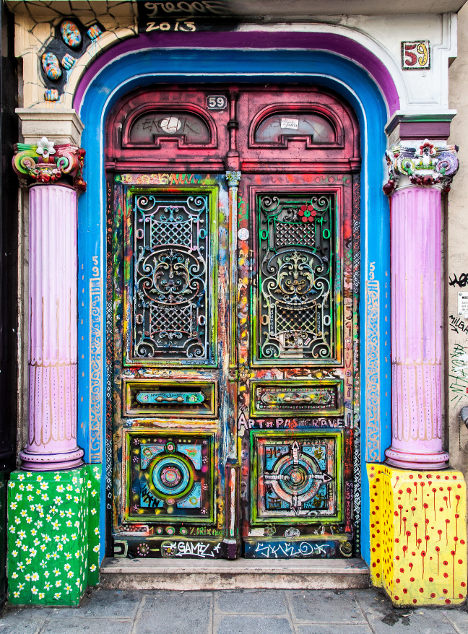 Photo: Mark Fischer/Flickr
Photo: Mark Fischer/Flickr
This one's for the street art lovers. This colourful door might seem a bit out of place on the opulent rue de Rivoli, but it makes sense when you know that it's home to an artist collective.
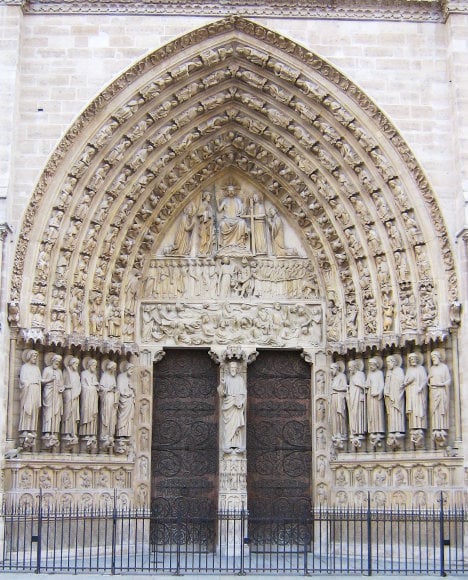 Photo: Francisco Martins/Flickr
Photo: Francisco Martins/Flickr
These twin doors belong to the famous Notre Dame de Paris cathedral on the Île de la Cité, a small island in the middle of the River Seine. The view of this amazingly detailed entryway is beat only by the view inside the church once you walk through it.
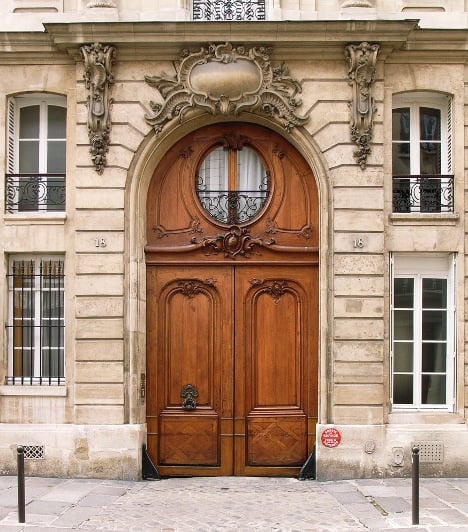 Photo: Steve Cadman/Flickr
Photo: Steve Cadman/Flickr
This doorway of the Hotel de Marsilly in the 6th arrondissement was completed in 1738. If you'd like to be transported back to the 1700s, head on over to 18 rue du Cherche-Midi and give yourself at least a few minutes to stare at this gorgeous door.
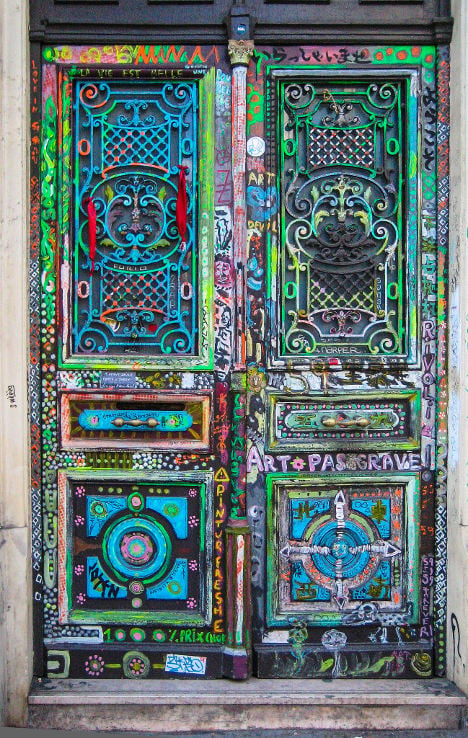 Photo: John Kroll/Flickr
Photo: John Kroll/Flickr
This artsy door in Montmartre is a reminder that before tourists took over the northern neighborhood, it was once an offbeat, bohemian district that inspired artists such as Van Gogh and Matisse.
 Photo: mjfagioli/Flickr
Photo: mjfagioli/Flickr
You might recognize this picturesque purple porte from the Woody Allen film Midnight in Paris. It's where Owen Wilson's character is whisked away to 1920s Paris. Check out its time-traveling capabilities for yourself in the 5th arrondissement — the name of the church is Eglise Saint-Etienne-du-Mont.
Can you imagine coming home every evening through this extravagant door? If you want to go play pretend, you can find it at 6 Rue Marbeuf in the 8th arrondissement.

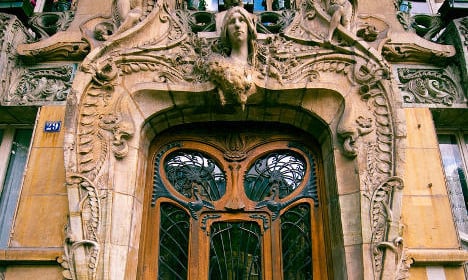

 Please whitelist us to continue reading.
Please whitelist us to continue reading.
Member comments